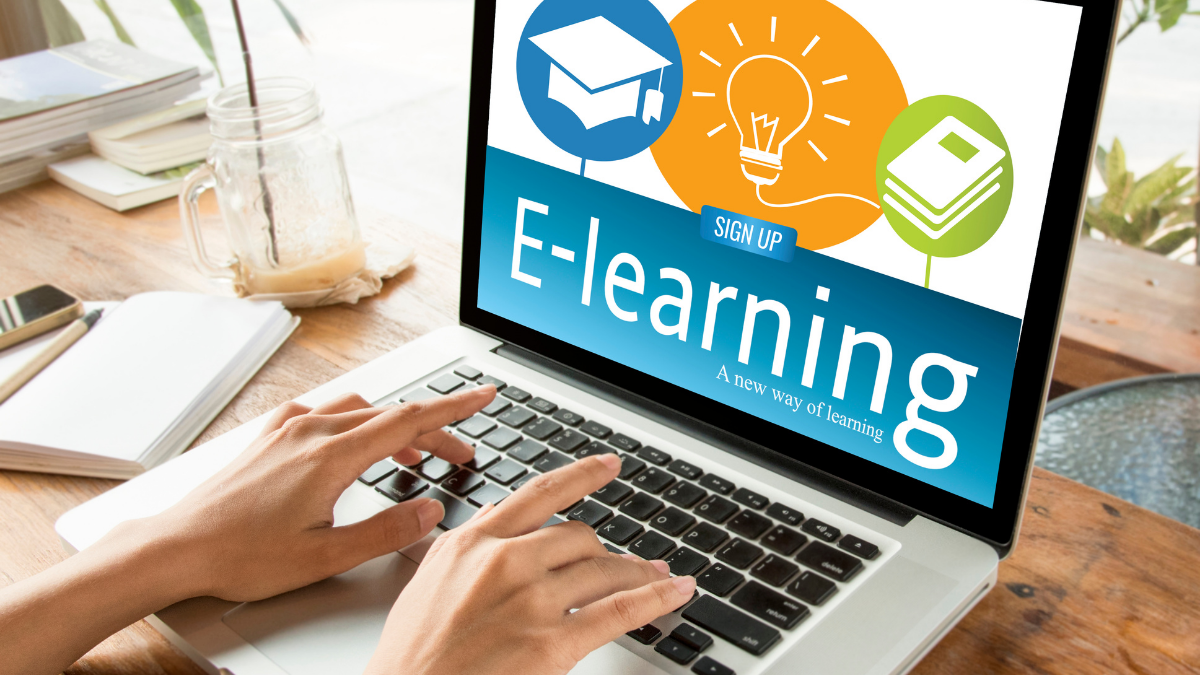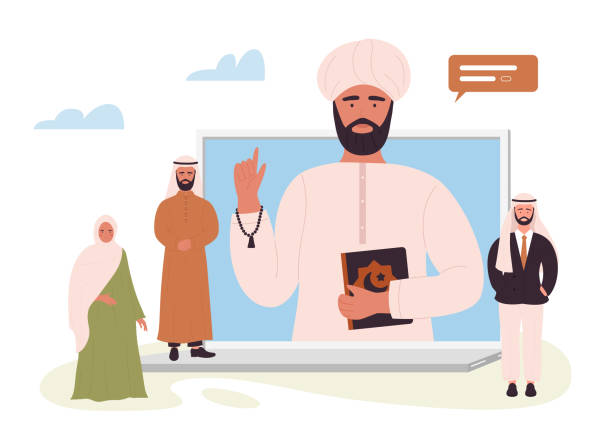E-Learning: Online Learning And Development Insights

Increasing numbers of technology applications are employed to convey and pass on knowledge in today’s environment. Traditional classrooms confine knowledge to what the teacher knows and can access. Connecting students to the outside world improve their knowledge-building.
E-learning describes electronic means to obtain education and the process itself. E-learning suits flexible and distance learning. Blended learning combines e-learning and face-to-face training.
The last decade changed e-learning. Early e-learning courses were custom-made by programmers using software-building tools. Technology advancements led to the emergence of the web, making e-learning courses easier to create without programming experience.
New technology, including portable laptops, made it convenient for students to attend online courses. Many individuals use tablets and smart phones for online classes and webinars.
E-Learning Types
E-Learning is categorized by how the instructor shares it with the learner. Informal e-learning allows students to read course content without being monitored or assessed.
In formal e-learning, teachers record student progress and results. Most schools that give certificates have unique scoring systems and requirements.
LMS is used to track results and maintain students’ course requirements. They allow users to design and access online courses. These platforms are of different sorts and they have distinct capabilities. Others cost money.
E-Learning Components
When establishing an online course, there are several conditions to be satisfied. Setting criteria ensures that students profit from their course.
E-Learning features include:
- The teacher/instructor is crucial. Students need his/her input. He/she keeps pupils’ progress or scores sometimes.
- Need a well-organized LMS. Students and instructors should readily navigate it.
- E-learning content is crucial. Course content is usually straightforward to obtain.
Learning requires communication. Students must utilize one or more delivery methods to get online coursework from the teacher.
Teachers and students can communicate information using a variety of technologies. The trainer uses multimedia, voice conversations, videos (live or prepared), presentations, product demos, and text exchanges, primarily online.
E-Learning Advantages
Technology’s fast evolution has a huge influence on learning delivery. Many colleges and universities provide off-campus education because it’s more convenient. Space is a factor. Through ELearning consulting, schools may offer courses to as many students as they want, as space is no longer an issue.
- Flexibility
E-learning is flexible since students may access content anytime. Students who live far from classrooms or don’t have time to be with the teacher can complete schoolwork at their convenience.
- More Options
Online schools provide hundreds of courses, degrees, and certificates. Traditional face-to-face learning limited students’ access to study fields. E-Learning doesn’t. A student in Africa may now take courses from a school on another continent.
- Economical
E-learning eliminates the need for students and instructors to meet in person. This saves money on travel, housing, and other expenses school-based learners can’t avoid. Travel time might be employed for other tasks.
- Participation, Individual Teaching Improved
Online tutoring is more flexible than in-person tutoring. This helps pupils learn ideas. Online, the teacher may devote more time to a single student than in a traditional classroom.
- Consistency In A Course Delivered
Everyday teaching is different. Physical classroom teachers convey knowledge in different ways every day, unlike online tutors. This might result in qualitative and ineffective feedback for the learner. E-learning is given like a previously filmed performance, providing consistent coursework.
- Schedule Flexibility
School timetables are rigid. Students must sit through a two-hour lesson, for example. In e-learning, students can pause and restart tutorials.
E-learning is most popular in schools, but it’s also employed in the business. E-learning is increasingly used to teach employees abilities they may lack. This cuts expenses and saves time while educating personnel.
In today’s fast-paced, technology-oriented society, individuals are using technology to help education. E-learning redefines how we learn.




